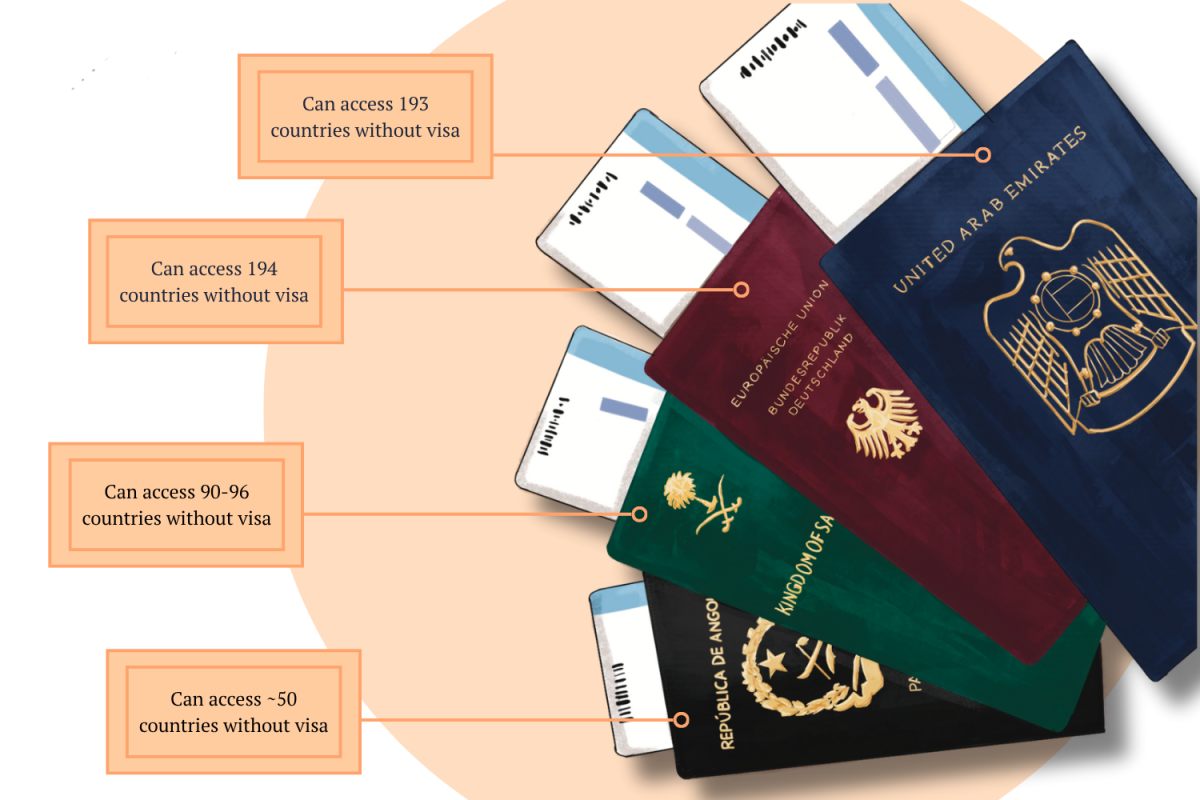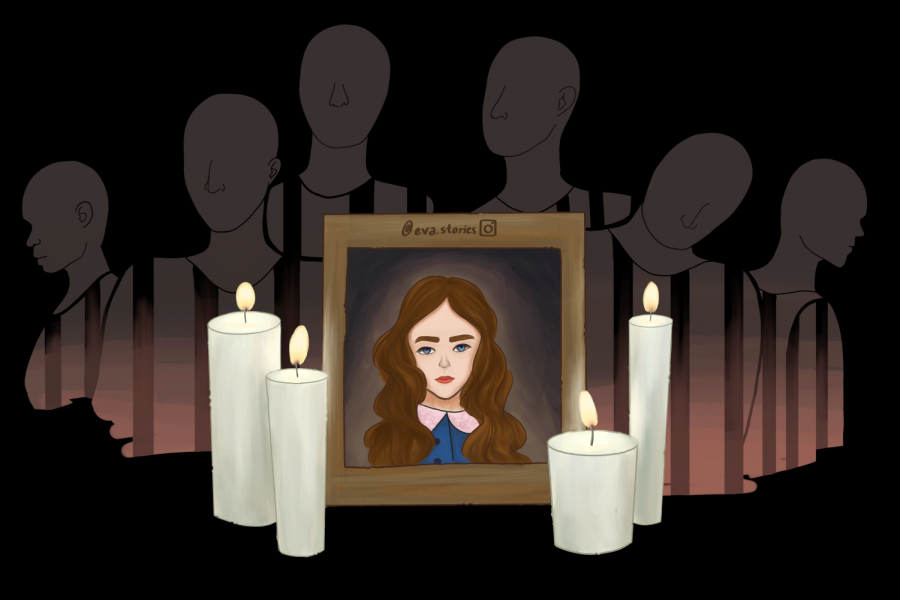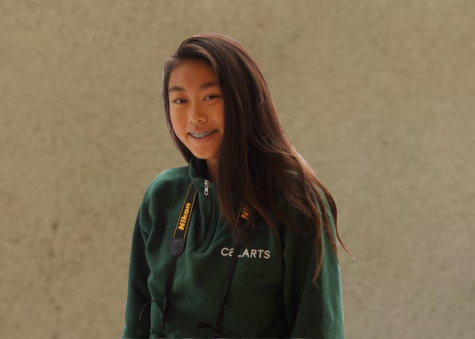What if a girl in the Holocaust had Instagram?
May 31, 2019
The year is 1944. The Holocaust has pervaded Europe and is headed for Nagyvarad, Hungary, where 13-year-old Eva Heyman and her grandparents live. She leads a relatively normal life: she is elated when she receives her first pair of high heels for her birthday, enjoys eating ice cream with her friends and has a crush on a boy. She dreams of becoming a news photographer, but her hopes are crushed by the arrival of the Nazis.
Eva’s life takes a dark turn as the Holocaust turns her life upside down. She documents each day in her diary, which will one day become the sole connection between her horrific world and that of the future. She writes for a total of 108 days, stopping just three days before she is gassed by the callous Nazis. After the war ends, Eva’s mother, Agnes Zsolt, finds her diary and publishes it before ending her own life.
In a series of vignettes, the movie project turned Instagram account @eva.stories depicts Eva’s harrowing story, doing justice to her narrative as well as those of the other Jews who perished in the Holocaust.
“Media is on the rise, and it is futile to try to resist it,” said World Literature and Drama teacher Regan Rasley. “There is something special about seeing things from a first-person point of view, and even though the Eva depicted in the stories is an actress, this is a good way for people to better understand the Holocaust, especially in this day and age.”
Seventy years later, tech executive Mati Kochavi and his daughter, Maya, came across Eva’s diary and felt that they had to show the world what life was like as a victim of the Holocaust. Their solution was simple—to turn Eva’s diary into a social media account with vignettes in the form of Instagram stories to reach the hearts of a generation that only knows the Holocaust from an outsider’s point of view.
“The memory of the Holocaust outside of Israel is disappearing,” Mati Kochavi said in an interview with the New York Times. “We thought, let’s do something really disruptive. We found the journal and said, ‘Let’s assume that instead of pen and paper Eva had a smartphone and documented what was happening to her.’ So we brought a smartphone to 1944.”
The Kochavis’ adaptation of Eva’s diary into a social media account has sparked controversy regarding the sensitive nature of the topic. However, Yad Vashem, the official Holocaust memorial center in Israel, said in a statement that this method of commemoration of the Holocaust is “both legitimate and effective.” Others believe that the account @eva.stories is simply bad taste in its dismissal of the catastrophe in a crude manner.
Addressing this point of view, Maya Kochavi was quoted in the New York Times, as saying, “A lot of serious movements are happening on social media,” adding that she and her father had strived to “maintain the sense of honor.”
Despite the opposition, “Eva’s” account preserves her memory in the minds of this generation in a way that words on a page cannot. Although the teenager observed through the Instagram stories is an actress, the audience has the opportunity to visualize Eva’s life— the interactions she had, the way the atmosphere in her hometown changed after the Holocaust, and her incredible strength.
“Preserving the memory of the Holocaust is so important to prevent it from happening again” said sophomore Anisha Chatterjee, “The creators of the account have implemented a good way to honor the memory of the Holocaust by, in a way, fulfilling her dream of becoming a photojournalist.”
In addition, perusing each day of Eva’s life through this account in “real time” allows young people to educate themselves about the Holocaust through a familiar platform. The Kochavis recognized that without such methods of integration, the legacy of the Holocaust is at risk of being left behind, the memory of its victims fading with it. A 2018 study by the Conference on Jewish Material Claims Against Germany found that two-thirds of American millennials were unable to identify Auschwitz, one of the largest concentration camps that was responsible for the suffering of over 1.3 million. Furthermore, more than one-fifth of participants in the study had not heard of the Holocaust.
“Not only is the medium an outlet for expression, but it is also an educational platform that serves a productive purpose,” said Eitan Lev Kensky, the Reinhard Family Curator of Judaica and Hebraica Collections at Stanford University. “Although this adaptation may be controversial, there is no ‘right way’ to learn about the Holocaust.”
The last generation of Holocaust survivors is dying, and the world has the responsibility to hold on to their memories. With the dominance of social media culture, the integration of a Holocaust story into a media platform makes the story accessible to modern audiences and caters to the change in methods of accessing information.
The account @eva.stories does just that, as its portrayal of Eva’s character makes it easy for the new generation to understand the Holocaust’s physical and emotional toll.


































































